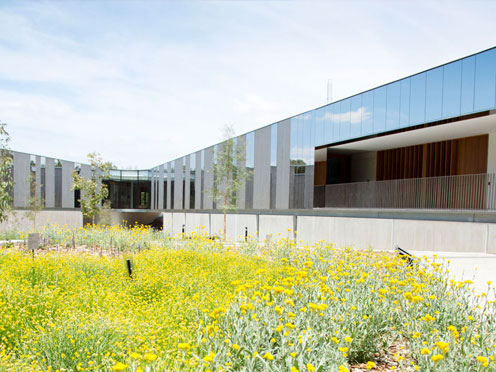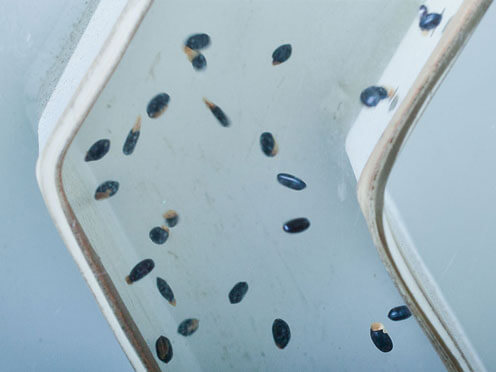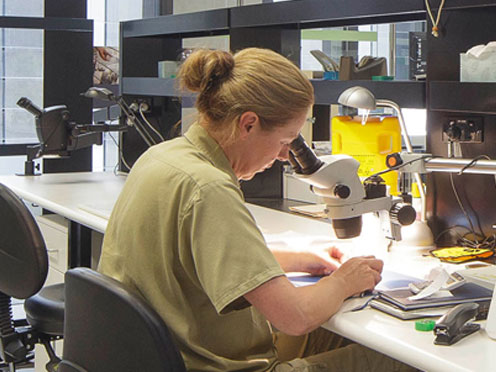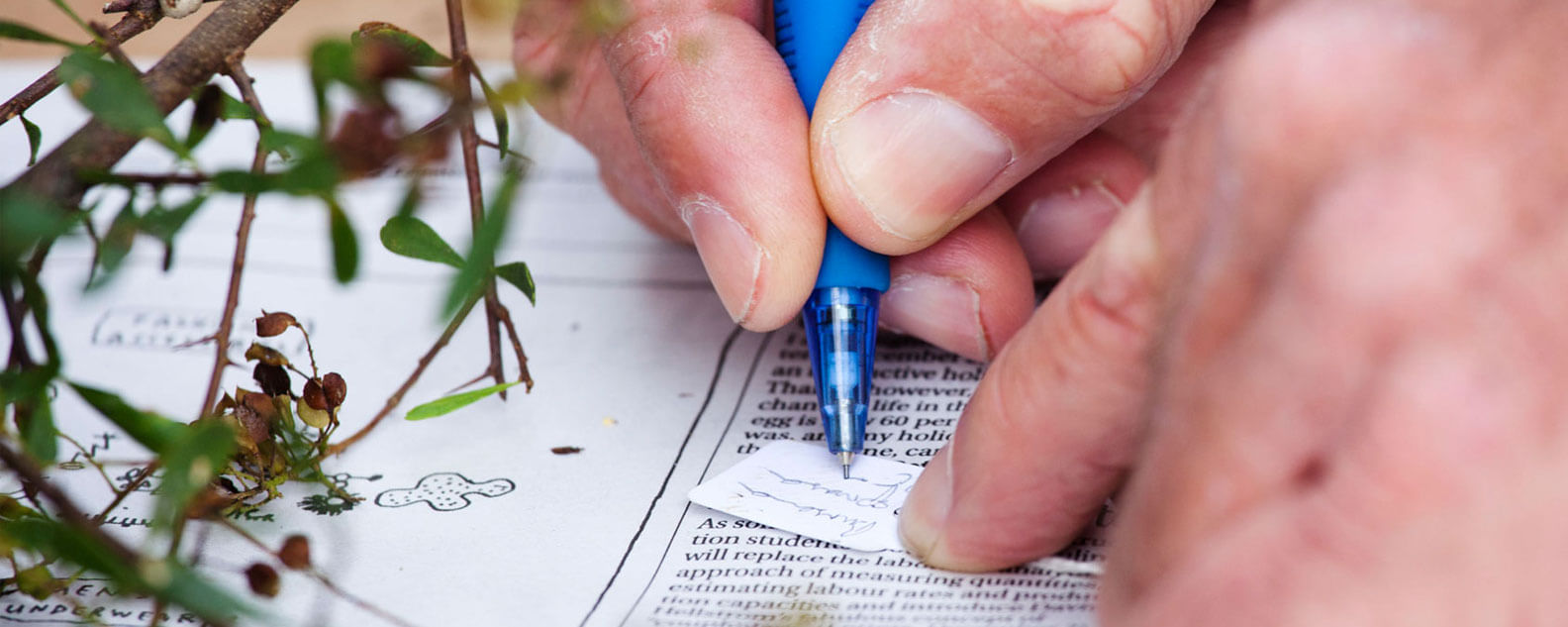Our data assists with conservation actions including mapping, monitoring population health and reintroduction of species into the wild.
At the time of collection, we gather data on the location, habitat, abundance, flowering and fruiting status to assist with plant identification. This information is entered into our database.
A dried, pressed specimen is also placed in the National Herbarium of New South Wales, so the plant's identity can be confirmed by botanists.
During processing and storage, information on seed cleaning, seed quantity, cut-testing and other viability assessments, germination testing and storage details of each collection are recorded in the database.
You can find out more about the collection and use of seed data in the publication Plant Germplasm Conservation in Australia.
We aim to share information as freely as possible, while acknowledging the sensitive nature of some of our information, particularly for rare and threatened species.
Our information is available through the:
Australian Seed Bank Partnership hub of the Atlas of Living Australia
Refereed journal papers
We also exchange detailed information through our collaborations with universities, other government land management agencies and non-government conservation agencies such as Greening Australia.
The consolidation, management, and sharing of data, preferably data collected using agreed standardised methods and formats, is fundamental to guiding conservation targets and actions for threatened species and communities.
Offord et al (2017) Australian Journal of Botany 65: 601-608



